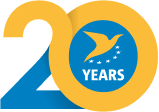20th Anniversary
EASA - Making aviation safer and greener for over 20 years
For over 20 years, the European Union Aviation Safety Agency (EASA) has been the dynamic centrepiece of aviation safety and environmental protection in Europe. As an independent and neutral body, EASA ensures confidence in safe air operations in Europe and world-wide by proposing and formulating rules, standards, and guidance; by certifying aircraft, parts, and equipment; and by approving and overseeing organisations in all aviation domains.
With over 800 employees from 31 European countries, the Agency is an inclusive and diverse workplace. EASA is constantly innovating through specialist research on emerging themes and technologies. Its global reputation is shaped by the competence of its staff and by fostering strong relationships with other leading aviation authorities worldwide.
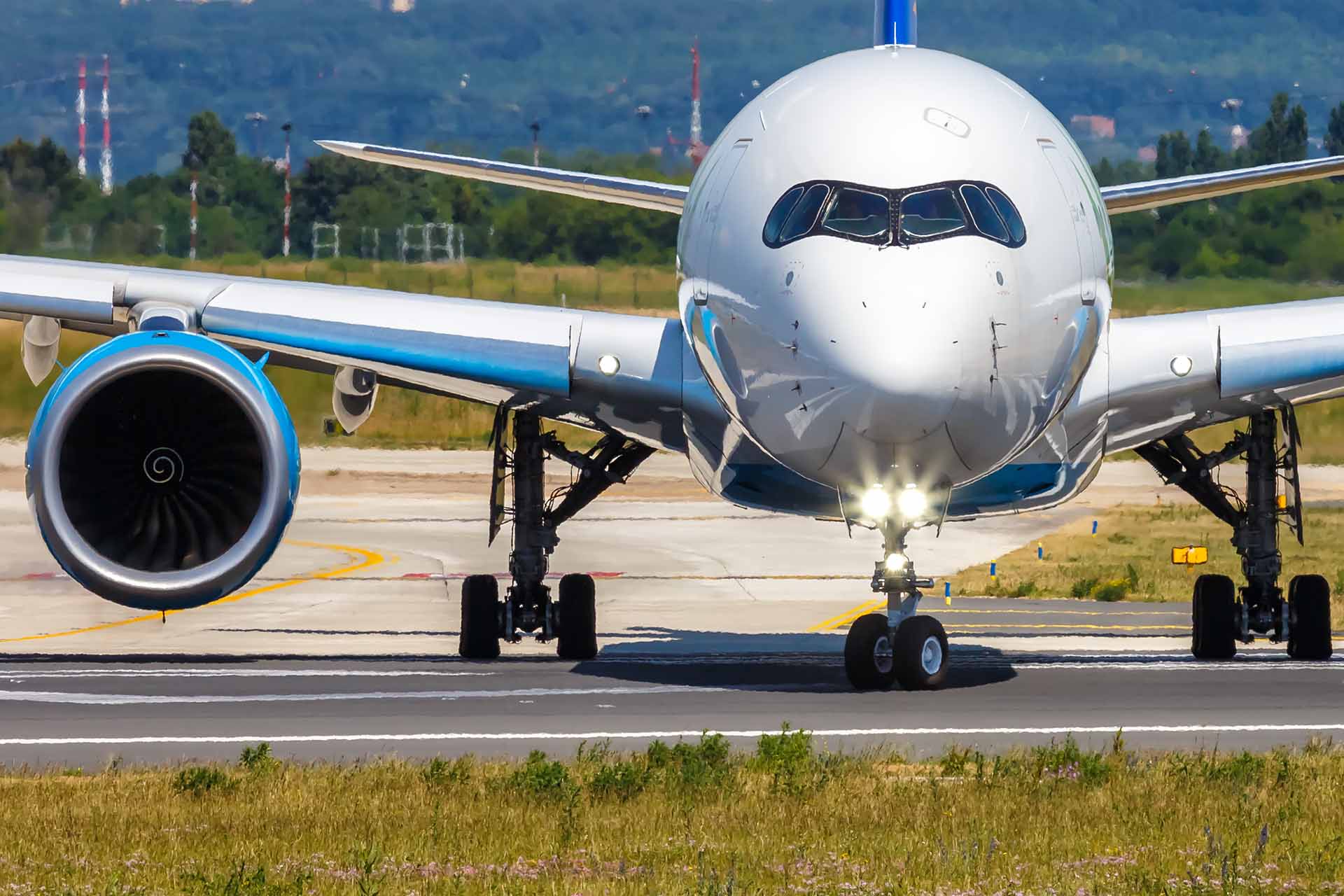
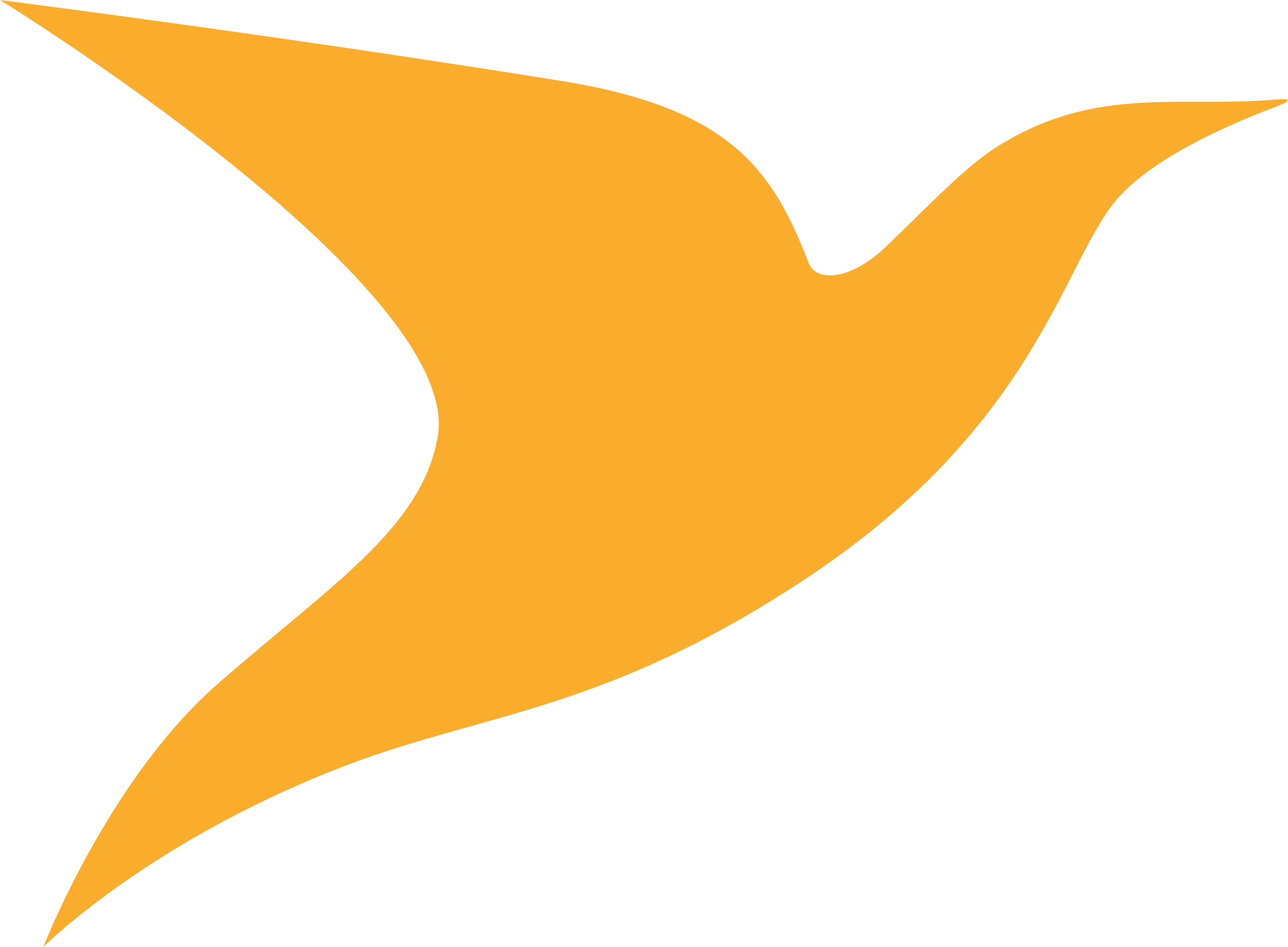
The EASA story so far
-
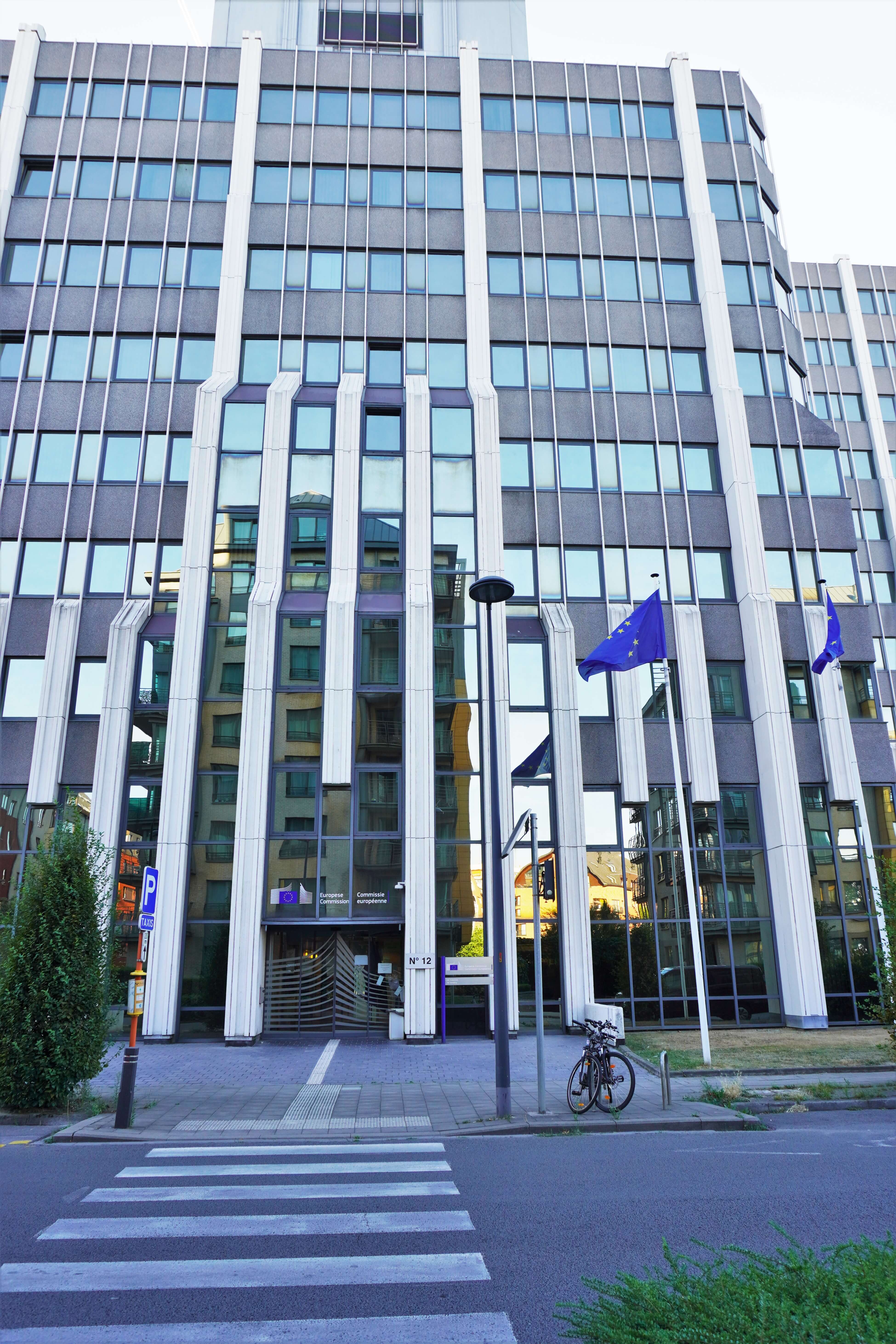
Pioneering beginnings
Established in Brussels, Belgium, in 2002 through “Basic Regulation” (EC) 1592/2002, and fully operational a year later, EASA transforms the European aviation safety system from a loose cooperation between European “Joint Aviation Authorities” (JAA) into a unified EU body with a strong mandate to issue certificates and propose rules for airworthiness and environmental protection. The Agency moves its headquarters to Cologne, Germany, in 2004. (Read more...)
-
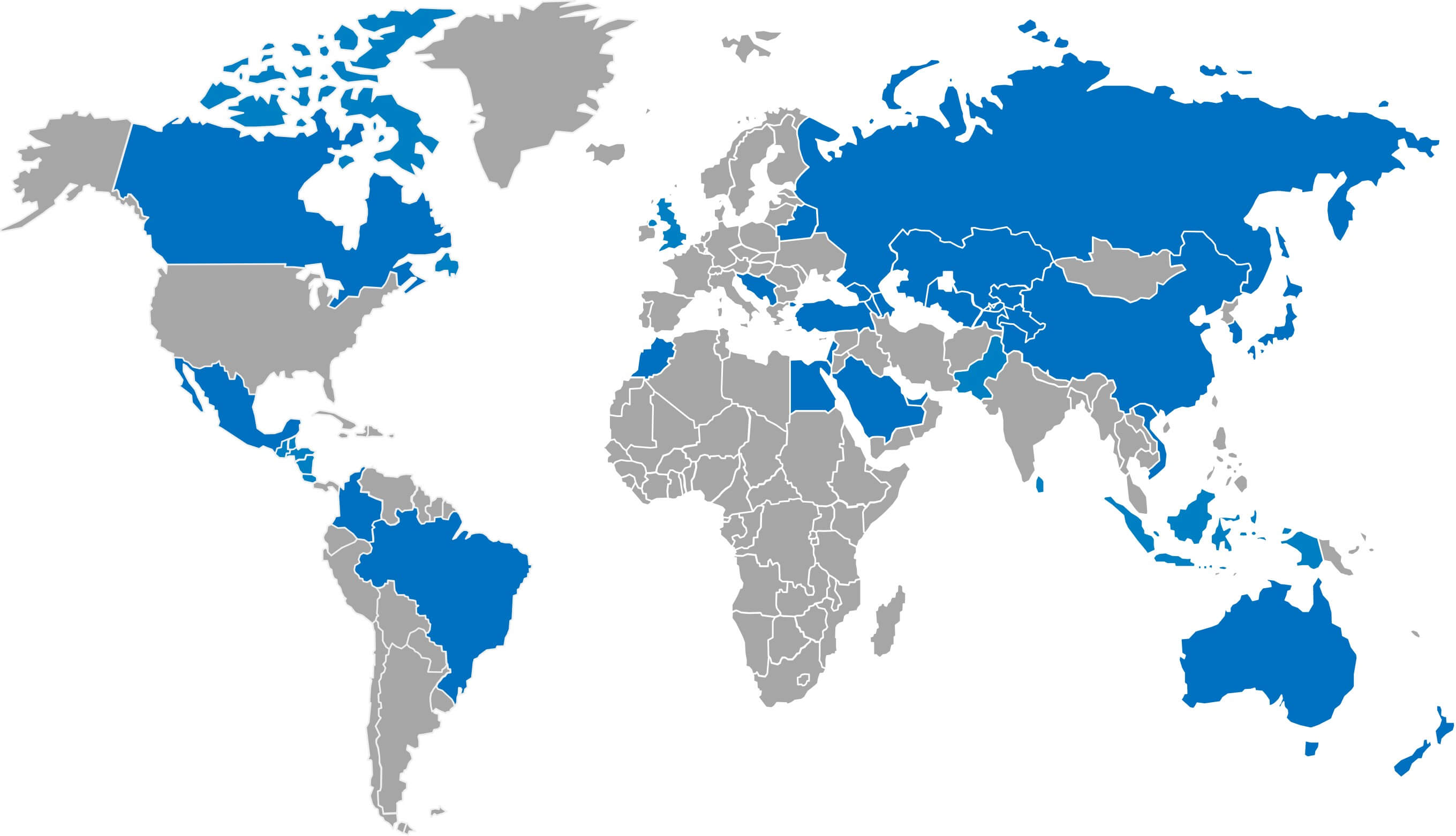
International presence
Recognised as a centre of excellence, EASA enters into a privileged partnership with the FAA and signs Working Arrangements with Brazil, Canada, China, Israel, and the Commonwealth of Independent States (CIS). Over the years, EASA opens regional representation offices in Brussels, Washington, Montreal, Beijing, Singapore, and Latin America. (Read more...)
-
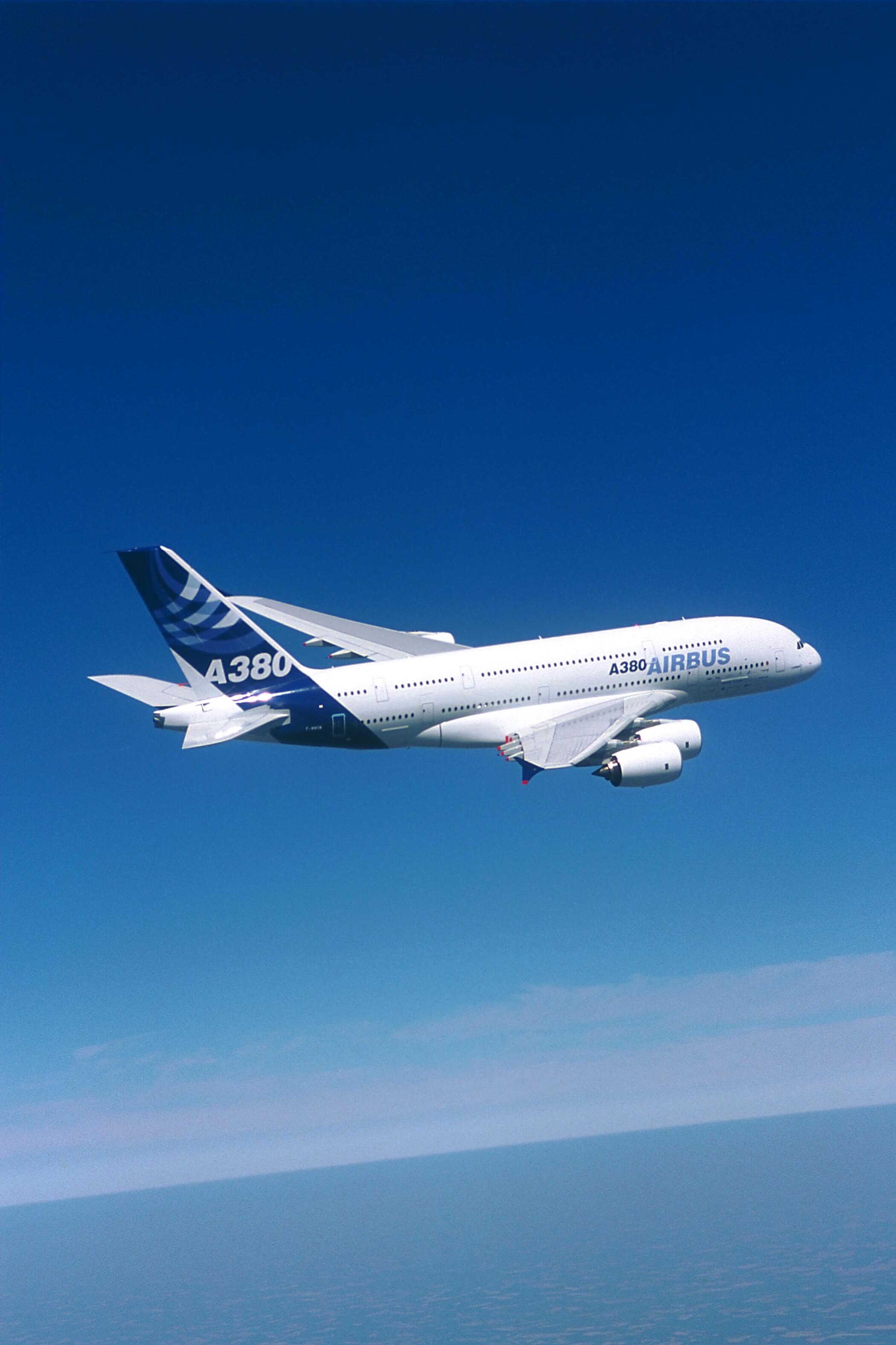
Airbus A380 Type Certification
By the end of 2005, EASA reaches cruising level with over 20,000 certificates issued. One of them is for the iconic Airbus A380. The world’s largest passenger airliner (and the only one with a full-length double-decker construction) receives its Type Certificate from EASA and the FAA in a joint ceremony in 2006. EASA certified the A380 against the highest safety, engine emissions, and noise standards available at the time. (Read more...) In another first fifteen years later, EASA certified the Airbus A330-900 for CO2 emissions and fuel efficiency. (Read more...) In the years between, EASA certified many other important aircraft, such as the Boeing 787 in 2011, the Airbus A400M in 2013, the Airbus A350 XWB in 2014, or the first all-electric Pipistrel Velis Electro in 2020 (Read more...)
-
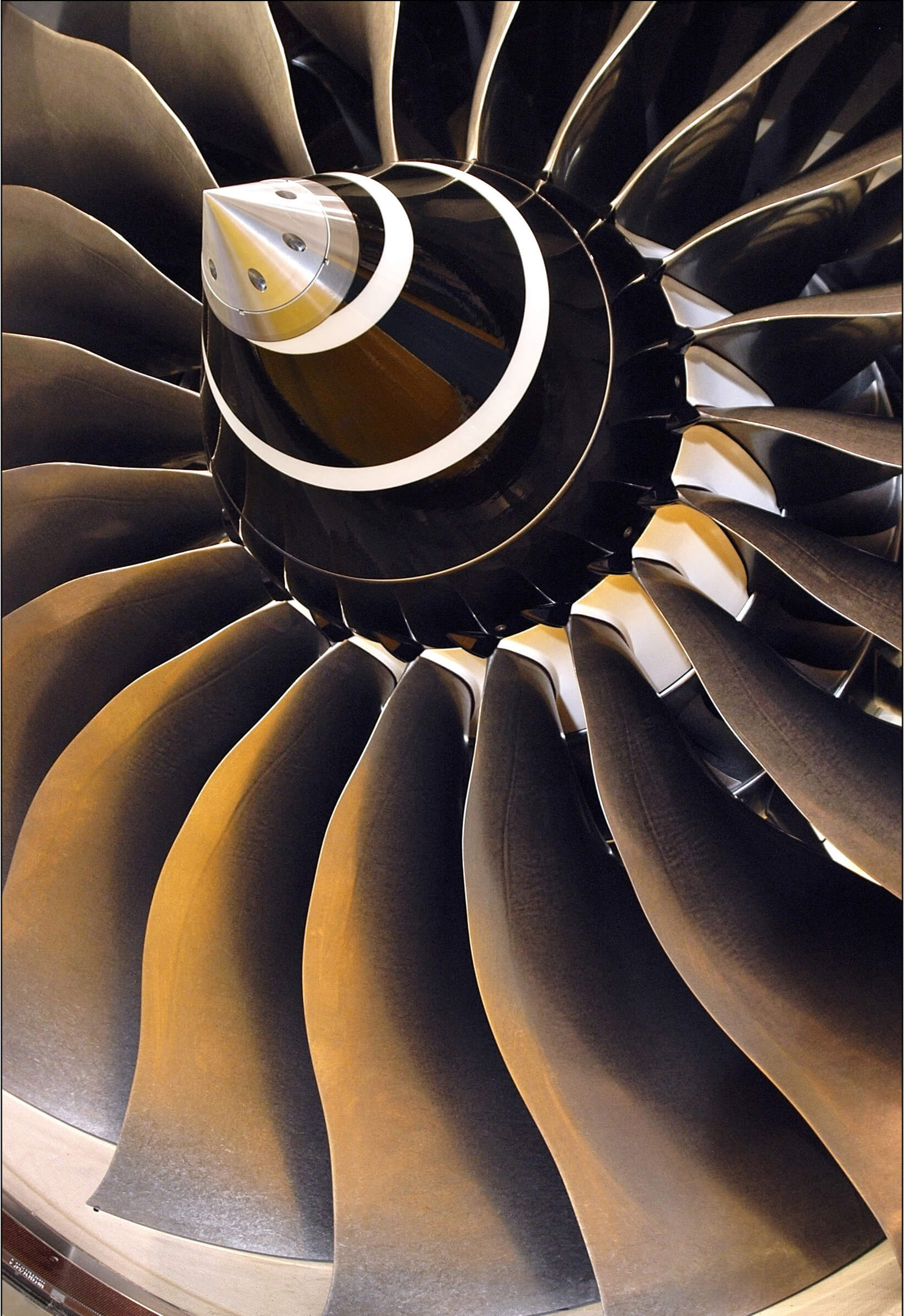
EASA certifies Rolls-Royce Trent 1000 for the Boeing 787
EASA and the FAA certify the Rolls-Royce Trent 1000 TEN engine for the Boeing 787 family of aircraft in accordance with ICAO’s highest environmental standards available at the time. Also known as the DreamLiner, Boeing’s new generation of more fuel-efficient wide-body jets has a primary structure that consists for more than 50% of composite materials. The aircraft receives FAA and EASA type certification and validation in August 2011. (Read more...)
-
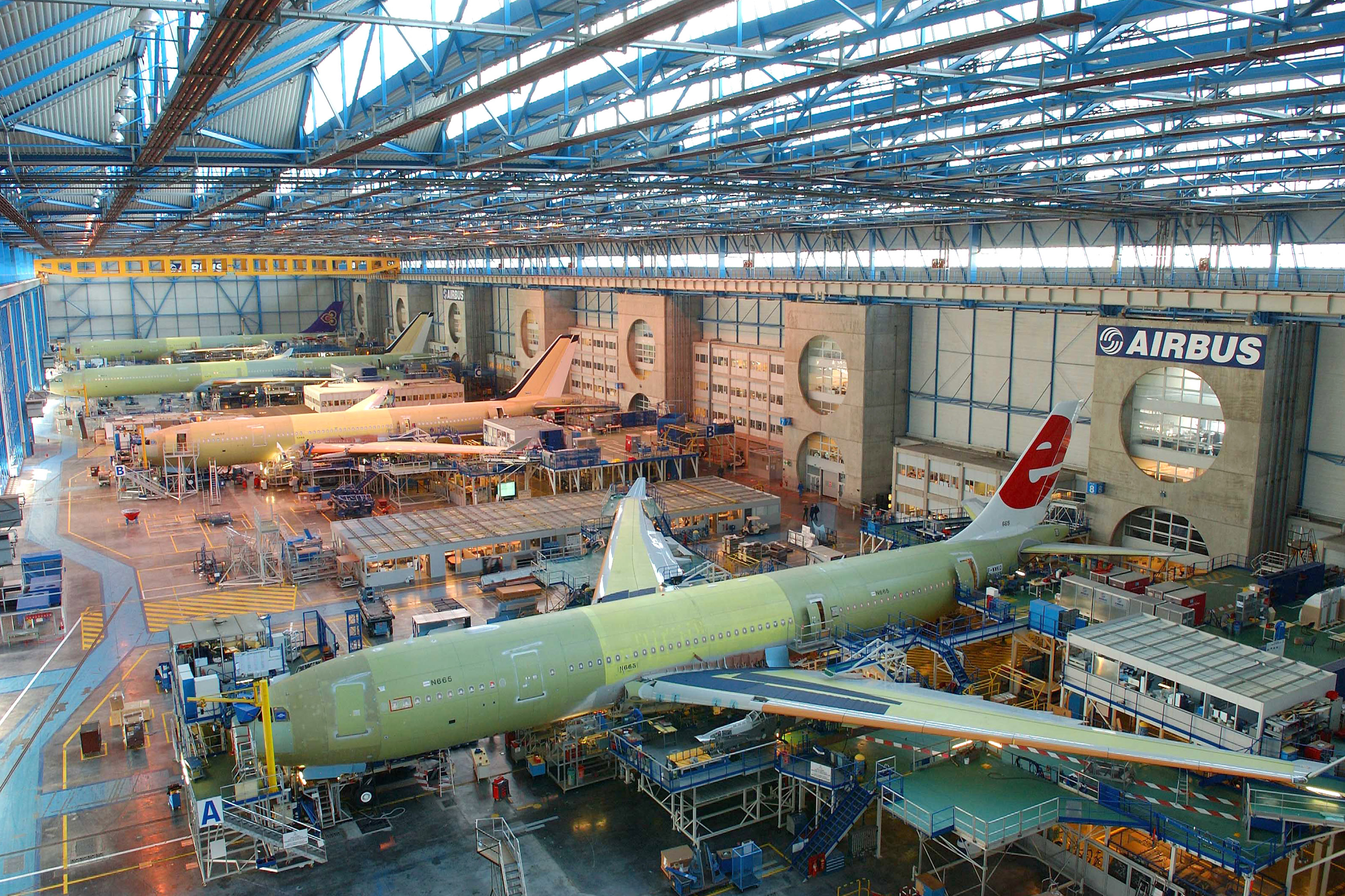
EASA Issues first European Single POA
According to its legal mandate, EASA is responsible for the approval of production organisations located outside the territory of the EASA Member States. However, it can also approve European organisations if requested to do so by the EASA Member States. This was the case for Airbus The “single” certificate replaced the previously existing national Production Organisation Approvals issued by the French, German, Spanish, and UK National Aviation Authorities (NAAs). (Read more...)
-
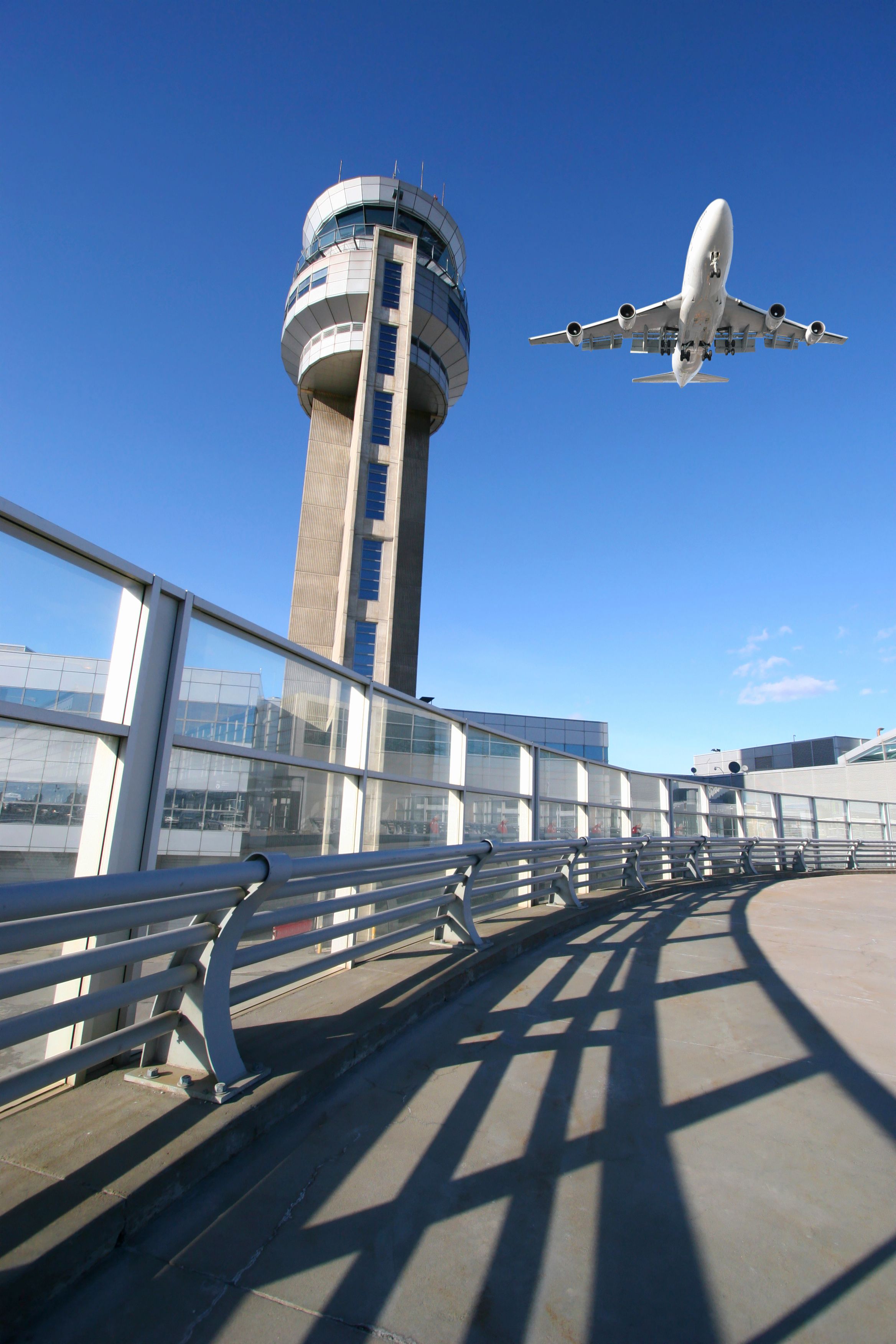
Expansion
The Agency’s remit is expanded to include Air Operations, Crew Licencing, and Third Country Operators’ authorisation through a new “Basic Regulation” (Regulation 216/2008), Aerodromes and Air Traffic Management/Air Navigation Services are added to the domains a year later through Regulation 1108/2009. EASA and EUROCONTROL embark on close co-operation in the Single European Sky (SES) initiative. (Read more...)
-
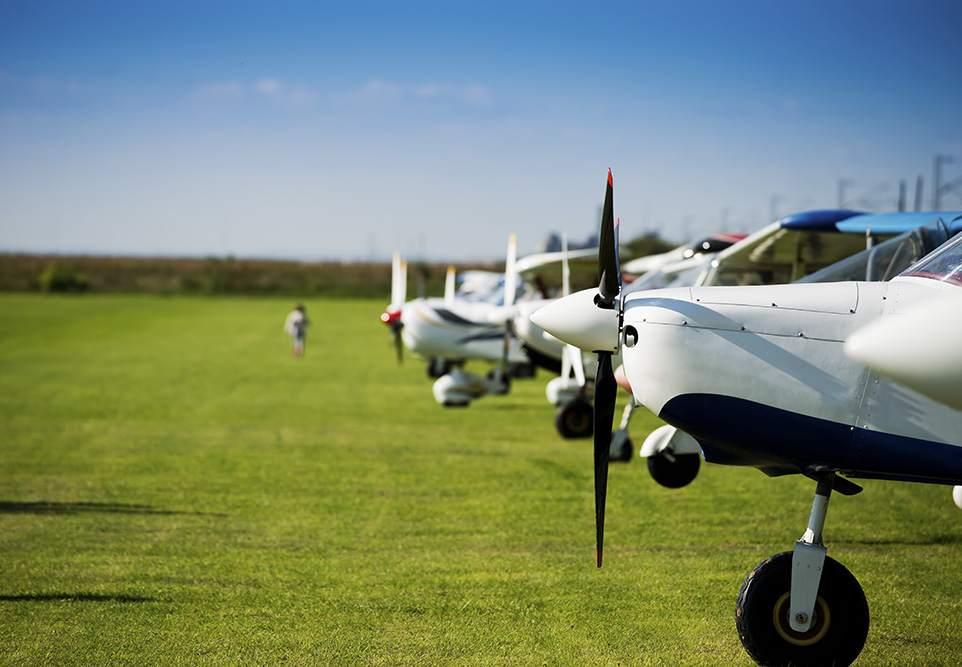
EASA presents GA Roadmap
Initiated the year before, EASA presents a Roadmap for General Aviation at a conference in Rome. As most aviation fatalities occur in this domain, General Aviation deserves special attention through a dedicated approach that offers tailor-made solutions and actively engages all stakeholders. Over the next decade, EASA’s GA Roadmap would introduce significant improvements across the board. (Read more...)
-
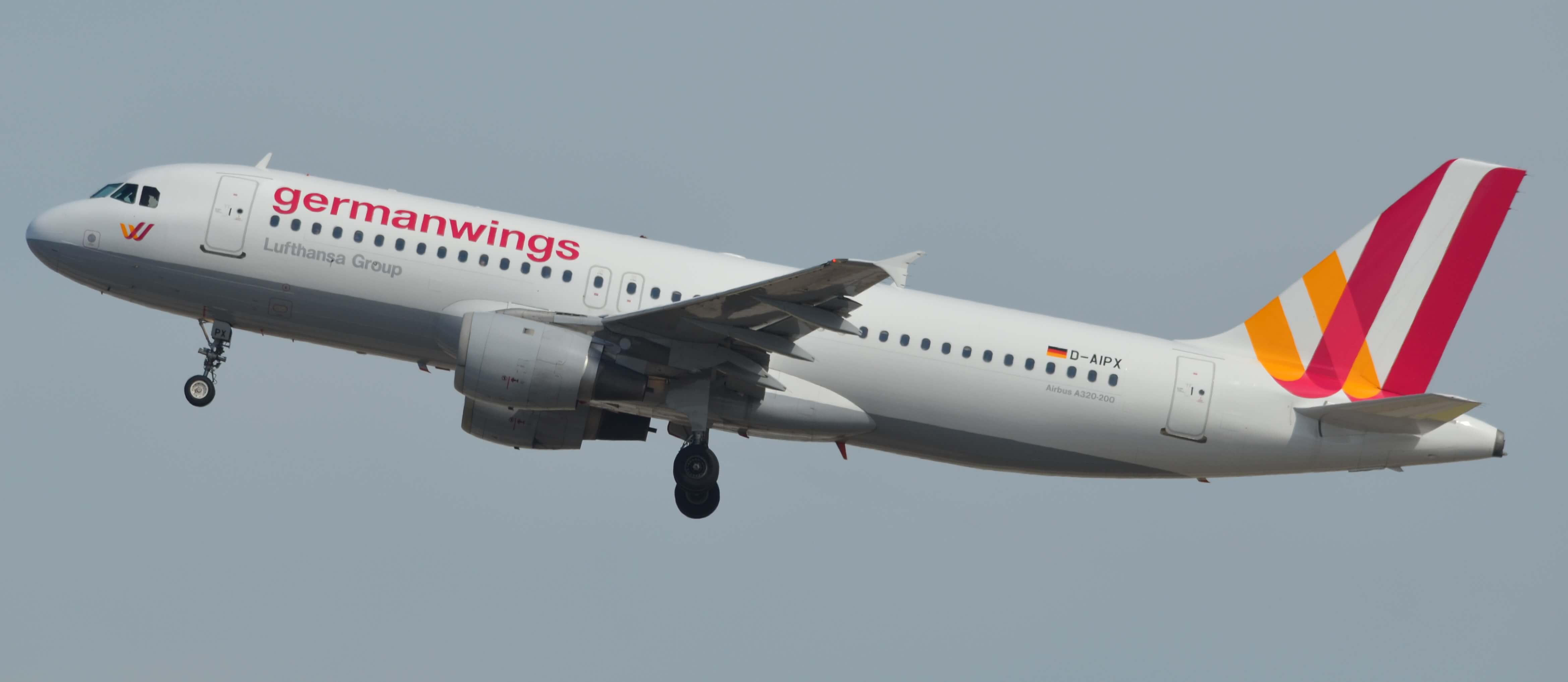
Germanwings Flight 4U-9525
Following the tragic crash of Germanwings flight 4U-9525, the Agency strengthens the medical requirements for pilots and proposes new rules and guidance material regarding mental fitness and administers a European Aero-Medical Repository (EAMR) on behalf of all EASA Member States. (Read more...)
-

Conflict Zones
Following the tragic downing of Malaysian Airlines flight MH17 over Ukraine, EASA supports a collective effort of a task force to develop and implement a common EU risk assessment and alert mechanism to timely disseminate validated information and recommendations that will become known as Conflict Zones Information Bulletins, or CZIBs. In the following years, EASA publishes and updates multiple CZIBs and Information Notes, and in early 2022 launches a European Information Sharing and Cooperation Platform on Conflict Zones that provides Member States and airlines easy access to the latest information. (Read more...)
-
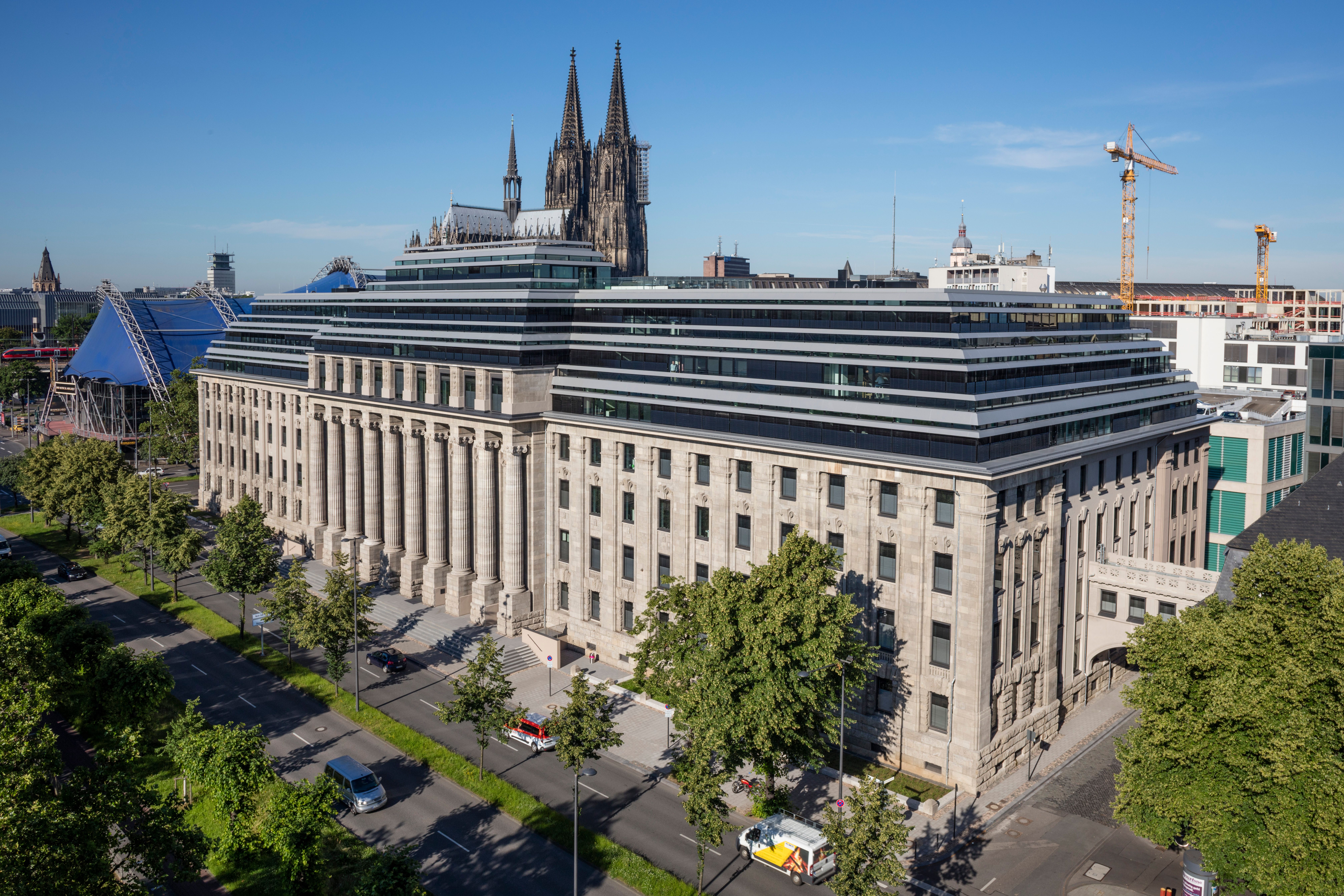
EASA moves into its present HQ
Having grown to nearly 700 staff members from all over Europe, the Agency moves across the Rhine into a new building in the heart of Cologne. (Read more...)
-
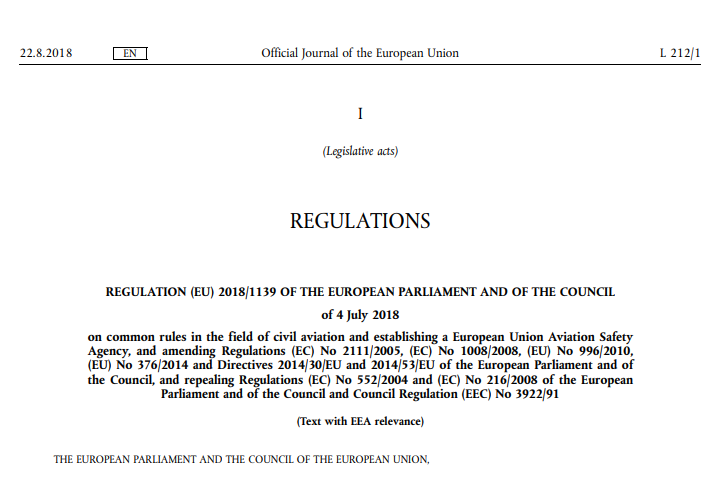
EASA 2.0
Sometimes referred to as "EASA 2.0", the new “Basic Regulation” (EU) 2018/1139 enlarges the Agency’s responsibilities to include drones and Urban Air Mobility, (cyber-)security, and the reallocation of oversight responsibilities from the Member States to EASA as Competent Authority. The new mandate also reinforces the Agency’s role in environmental protection, international cooperation, and research and development to cover the full spectrum of the aviation landscape. (Read more...)
-
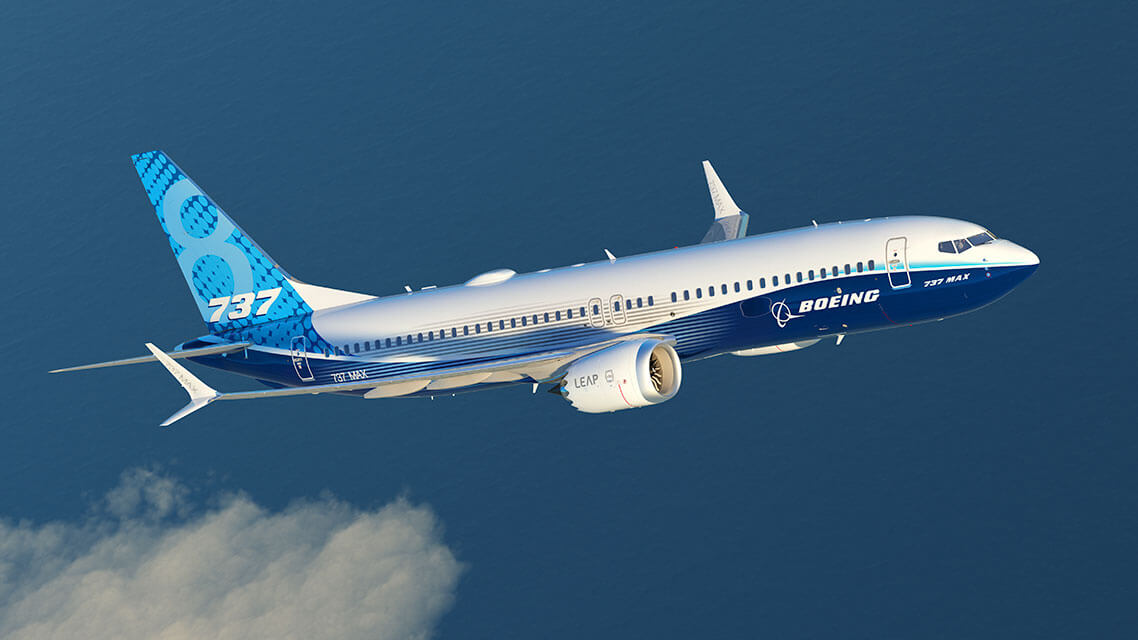
Boeing 737 MAX
After two tragic accidents involving the Boeing 737 MAX series of aircraft within six months, EASA issues an Airworthiness Directive that grounds all Boeing 737-8 MAX and 737-9 MAX aircraft in Europe. At the same time, it also publishes a Safety Directive that suspends all commercial flights of these aircraft performed by third-country operators into, within, or out of the EU. After fundamental modifications implemented by Boeing, and extensive assessments, flight tests, and simulator sessions conducted by EASA, the Agency approves a return to service of this aircraft model in early 2021. (Read more...)
-
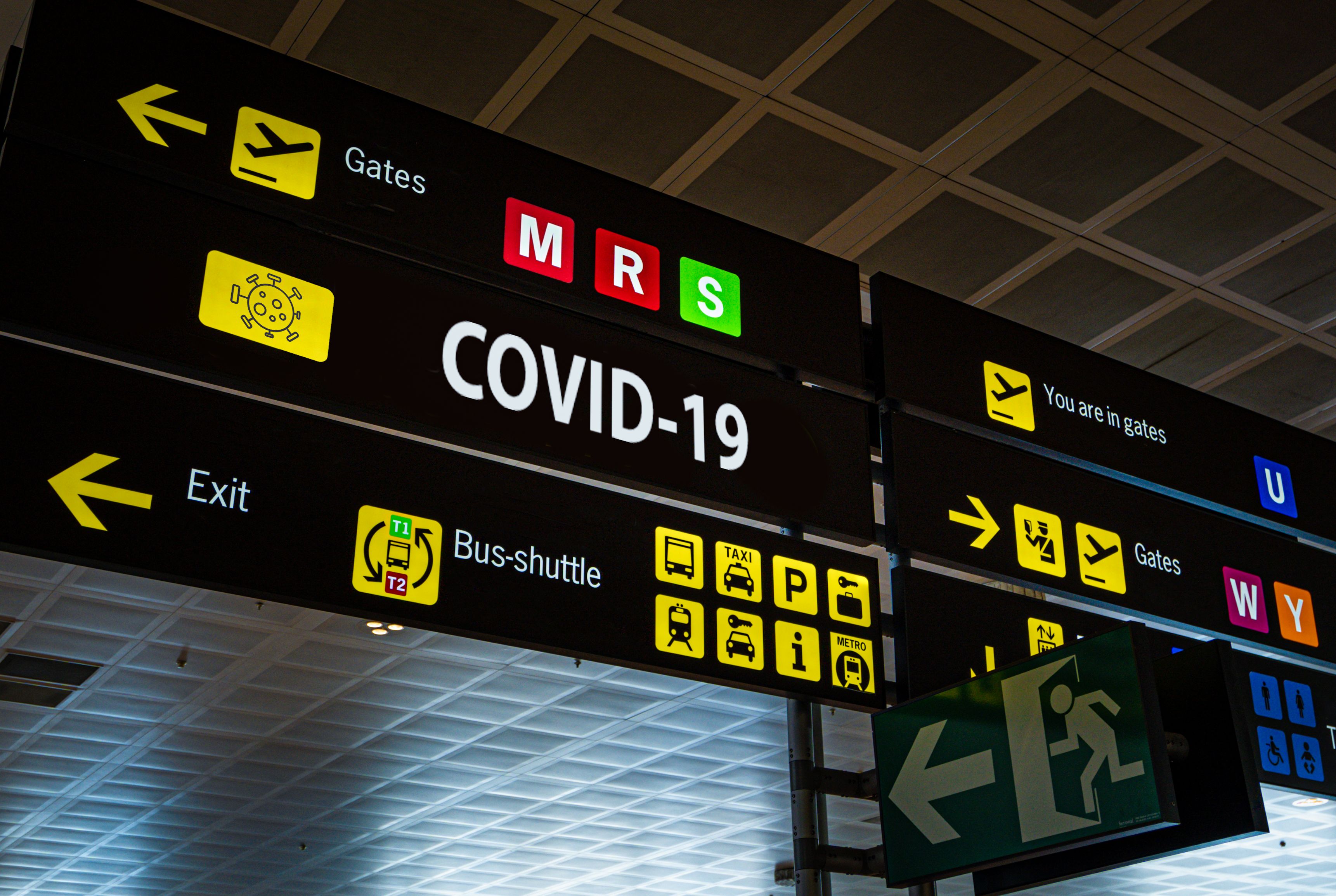
COVID-19
In response to the global outbreak of COVID-19, EASA issues approvals and exemptions that make the transportation of emergency cargo in passenger cabins possible. Together with the European Centre for Disease Prevention and Control (ECDC), the Agency develops an "Aviation Health Safety Protocol" to guide air travellers and the aviation sector through the pandemic and continuously adjusts its recommendations for public health threats together with ICAO, WHO, and the US Centers for Disease Control and Prevention (CDC). (Read more...)
-
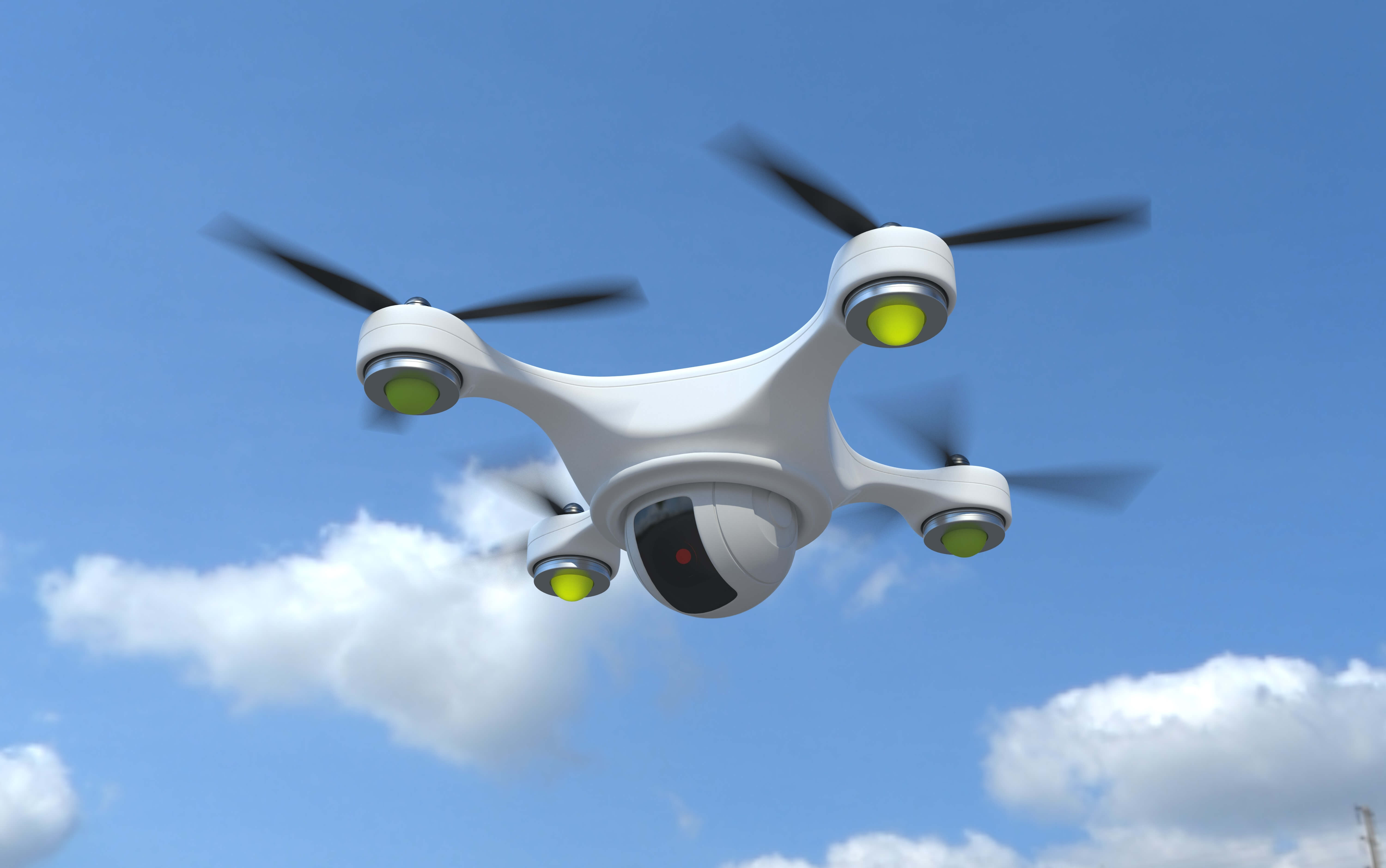
Laying the foundations for a new aviation era
Following the adoption of a regulatory framework for drones in 2019, EASA proposes standards for the certification of aircraft capable of Vertical Take-Off and Landing (VTOL) and issues rules for new types of operations with Unmanned Aircraft Systems (UAS). In 2022 the Agency also publishes the first set of guidance for U-Space and the design of vertiports, the ground infrastructure needed for the safe operation of Urban Air Mobility services such as air taxis. EASA has effectively become the world leader in enabling the development of Urban Air Mobility services and operations. (Read more...)
20 Years of Excellence in Aviation Safety
EASA celebrates its 20th anniversary of operations and looks back on a trajectory from humble beginnings to an autonomous regulator and Regional Safety Oversight Organisation (RSOO) for Europe. With more than 800 experts and a budget of well over €200 million, the Agency covers all aviation domains, has agreements with 161 countries and international organisations, and oversees thousands of approved organisations and flight simulator training devices.
As a multicultural and diverse organisation, EASA is confidently looking towards a future for aviation that is shaped by developments regarding greater connectivity, Virtual/Augmented Reality and Artificial Intelligence, electric and hydrogen propulsion, Sustainable Aviation Fuels and new technologies to reduce the CO2 footprint, further digitalisation, and new domains such as High-Altitude Operations.
EASA remains committed to its strategic priorities for safety, environmental protection, digitalisation, research and innovation, as well as health and security.
Your safety is our mission
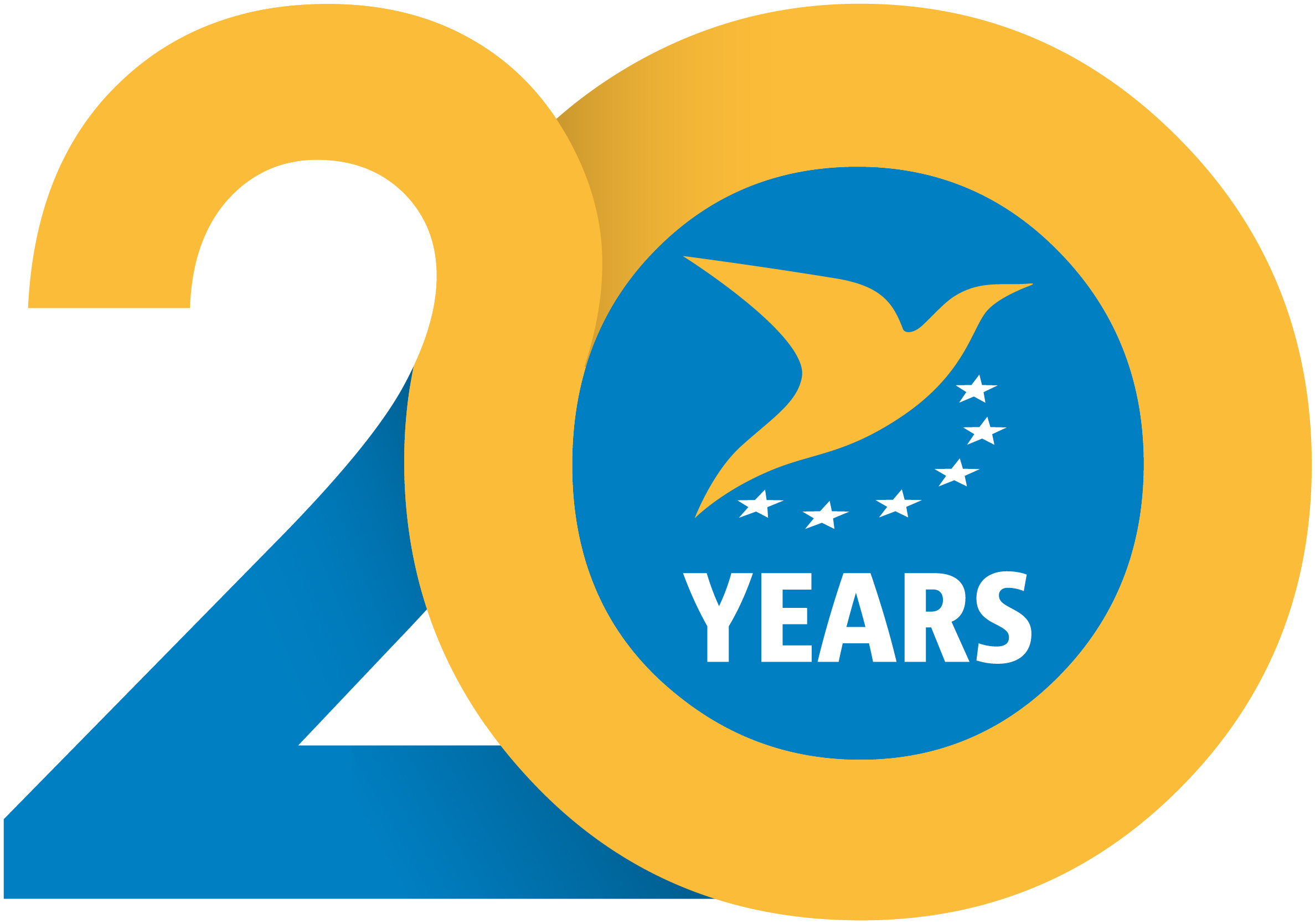
Stay informed on our future developments
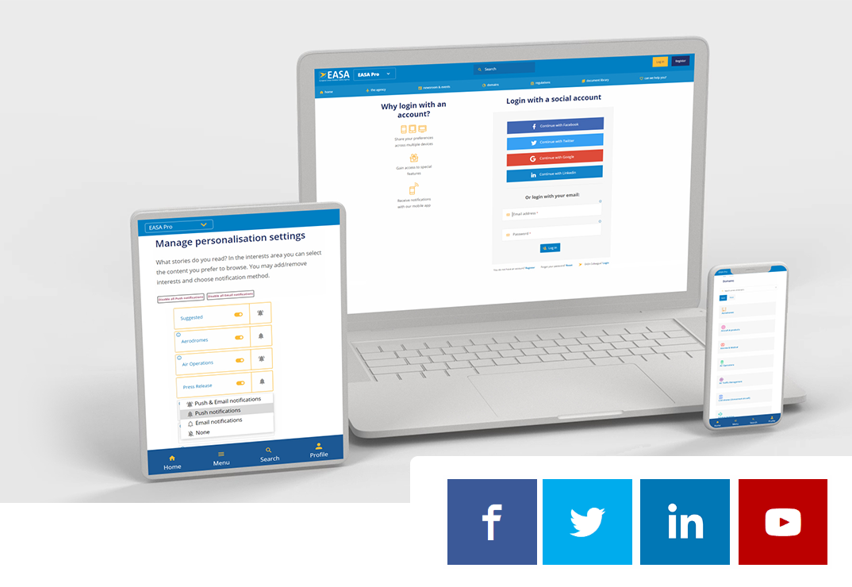
EASA Website & Social media
Create an EASA Website account and follow us to stay informed
Follow EASA on Facebook, Twitter, LinkedIn, and YouTube
